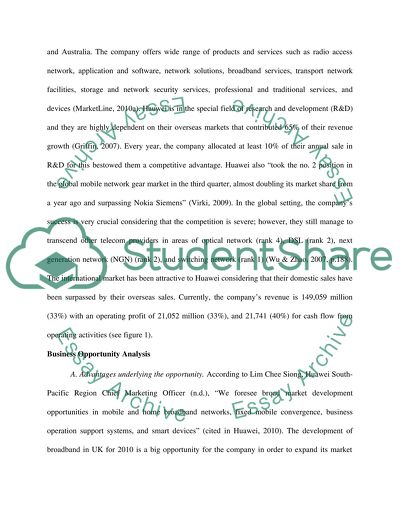Cite this document
(“International Trade & Institutions Essay Example | Topics and Well Written Essays - 3000 words”, n.d.)
Retrieved from https://studentshare.org/environmental-studies/1411208-international-trade-institutions
Retrieved from https://studentshare.org/environmental-studies/1411208-international-trade-institutions
(International Trade & Institutions Essay Example | Topics and Well Written Essays - 3000 Words)
https://studentshare.org/environmental-studies/1411208-international-trade-institutions.
https://studentshare.org/environmental-studies/1411208-international-trade-institutions.
“International Trade & Institutions Essay Example | Topics and Well Written Essays - 3000 Words”, n.d. https://studentshare.org/environmental-studies/1411208-international-trade-institutions.


